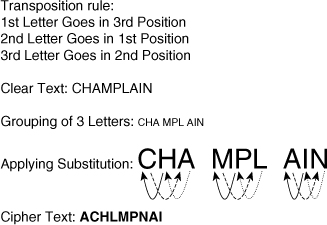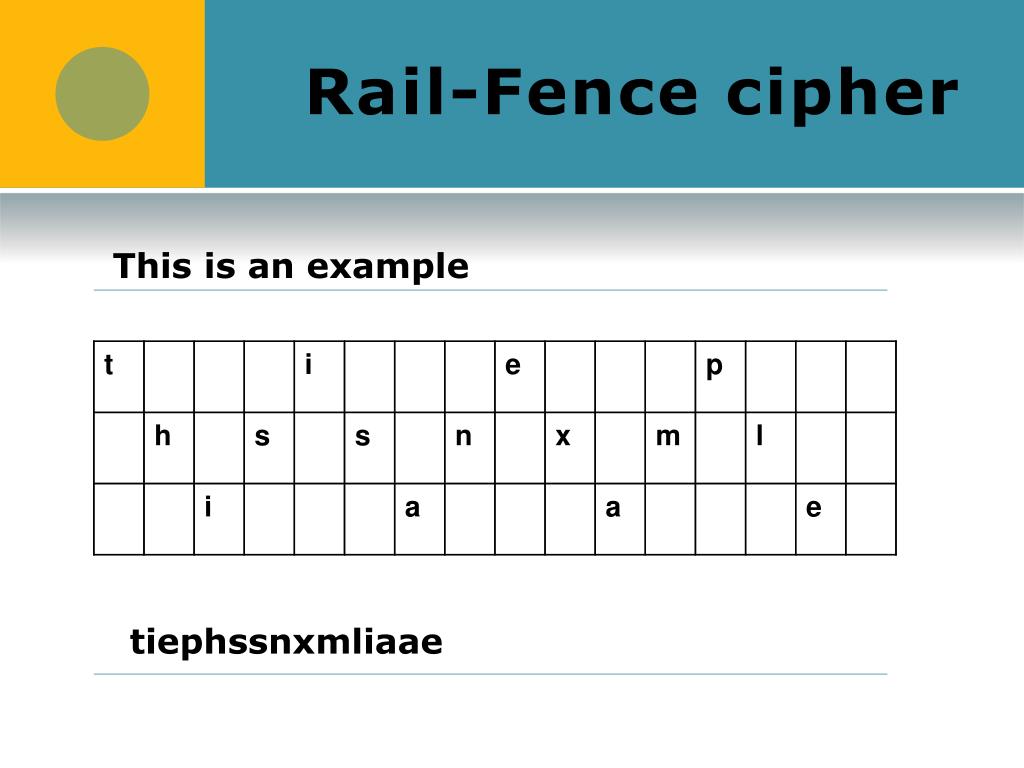

Plain text character will be represented by the numbers as A=0, B=1, C=2.The thing to notice here is that, once an input cipher text gets used it will never be used again hence one-time pad and length of cipher-text is the size that of message text. The Vernam Cipher has a specific subset one-time pad, which uses input ciphertext as a random set of non-repeating character.
TRANSPOSITION CIPHER CRACK
These multi-round columnar techniques are harder to crack as compared to methods seen earlier. Now, we decide to go with a previous order that is 4,1,3,2. Now we apply the above algorithm and create the rectangle of 4 column (we decide to make a rectangle with four column it can be any number.)Ĭipher-text of round 1: LHIEEIUESSCEPWMNDLAO Thus, Cipher-text of round 1 is obtained.In this method, we again change the chipper text we received from a Basic technique that is in round 1 and again follows the same procedure for the cipher-text from round 1. Now let’s decide on an order for the column as 4, 1, 3 and 2 and now we will read the text in column-wise.ī.Ĝolumnar Technique with multiple rounds Now we apply the above algorithm and create the rectangle of 4 columns (we decide to make a rectangle with four column it can be any number.) Original message: "INCLUDEHELP IS AWESOME". Read the plain message in random order in a column-wise fashion.In a rectangle of pre-defined size, write the plain-text message row by row.It is a slight variation to the Rail-fence technique, let’s see its algorithm: Now as we can see, Rail-Fence Technique is very to break by any cryptanalyst. So the Cipher-text are, ICUEEPSWSMNLDHLIAEOW.įirst, we write the message in a zigzag manner then read it out direct row-wise to change it to cipher-text. Let’s say, we take an example of “INCLUDEHELP IS AWESOME”.


This technique is a type of Transposition technique and does is write the plain text as a sequence of diagonals and changing the order according to each row. Transposition Techniques are based on the permutation of the plain-text instead of substitution. Submitted by Himanshu Bhatt, on September 26, 2018 Also, we study their respective Algorithms. Here, we are going to learn about some Transposition Techniques which includes Rail-fence Technique, Columnar Transposition, Verman Cipher, and Book/Running-key Cipher.


 0 kommentar(er)
0 kommentar(er)
